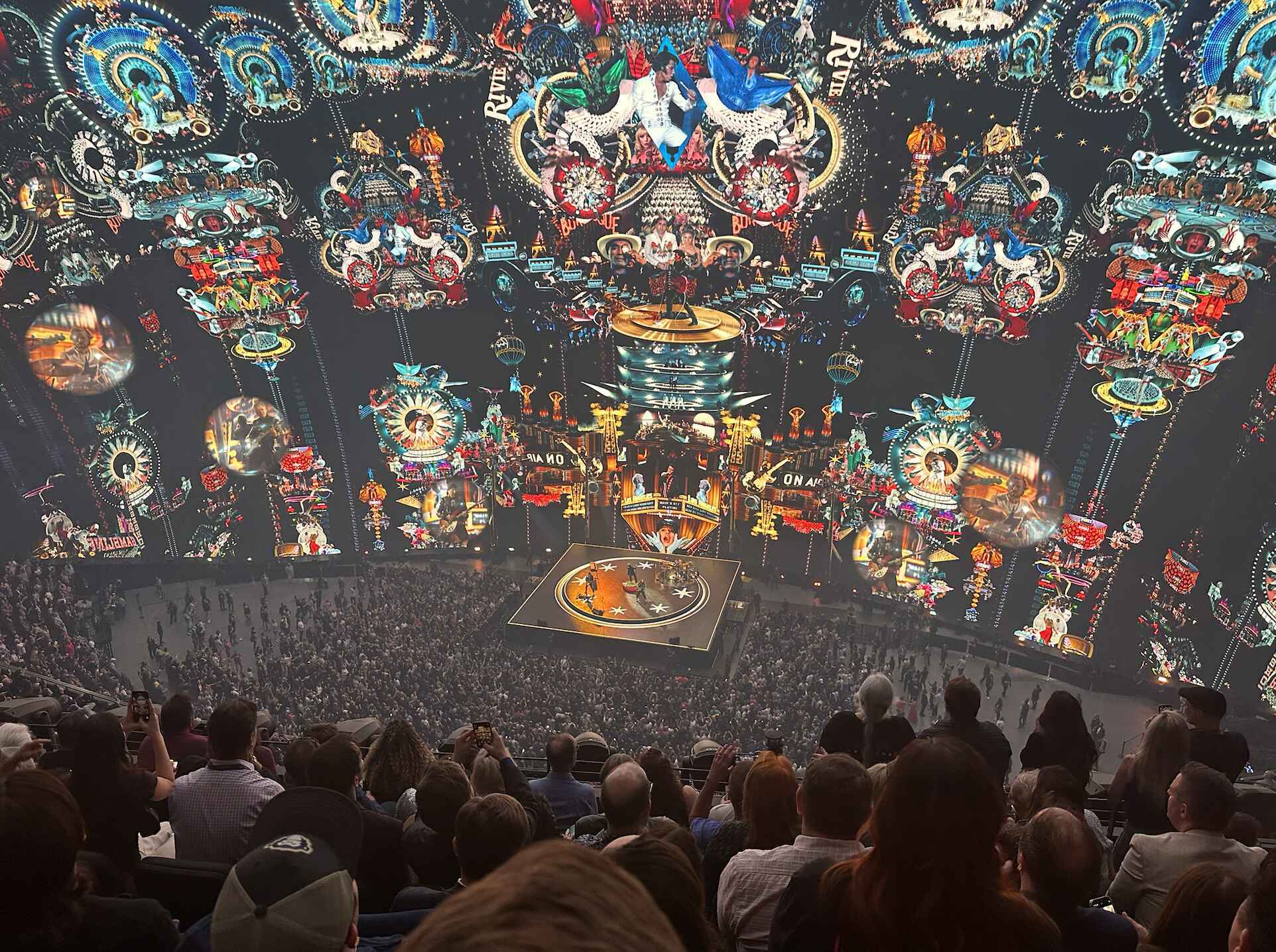Last month, the long-awaited opening of ground-breaking Las Vegas venue Sphere got underway with a spectacular show from rock icons U2, setting a new benchmark for what is possible in the world of immersive entertainment. Roman Sick, CEO of HOLOPLOT, whose audio systems are installed throughout Sphere, tells Headliner the story of how his company stepped up to one of the most challenging projects in recent audio history, and why Sphere represents the dawn of a new era for AV innovation…
Rarely throughout history has the opening of a venue caught the public imagination quite like Sphere. Located in Las Vegas, images of its exterior have been a viral sensation for months, such is its distinctive form factor. For those unfamiliar – there really can’t be many – the venue, as its name suggests, is a spherical structure with an outer surface that is made up of the world’s largest high-resolution LED screen. As such, the venue has been displayed as everything from a giant pumpkin, a basketball, and the moon to a gargantuan eyeball blinking into the night sky. Likewise, the interior of Sphere can be visually transformed into virtually any conceivable aesthetic.
The deeply immersive look of the venue is mirrored equally on the audio side of things. In a move that turned heads across the entire pro audio and AV industries, relatively new Berlin-based audio technology company HOLOPLOT was awarded the contract to provide Sphere’s unique sound offering. In one of the most complex and innovative installations the market has ever seen, the Sphere system consists of approximately 1,600 permanently installed and 300 mobile HOLOPLOT X1 Matrix Array loudspeaker modules, containing a total of 167,000 individually amplified loudspeaker drivers.
All hidden behind the interior LED screen, the system uses HOLOPLOT’s patented 3D Audio-Beamforming and Wave Field Synthesis technology to transform how audio can be controlled and delivered in large-scale venues. The system is designed to produce controlled, consistent, and clear audio for audiences of up to 19,000 people, providing each audience member with a personalised listening experience. Put simply, it’s like nothing seen, or indeed, heard, before.
Crucial to the success of the Sphere project was addressing the challenging acoustical environs of the spherical venue and the huge distances as mentioned above, as well as ensuring the loudspeakers were entirely hidden from view. This is where Holoplot’s unprecedented degrees of flexibility and fidelity came to the fore. Secreting a regular line array system behind the LED would simply not work, given the transmission loss, a curved array would suffer from due to the uncontrolled nature of wave propagation and the mechanical setup of a line array.
For the X1 system, the LED is not a challenge, given its straight hanging configuration (a HOLOPLOT array does not have a curvature, synonymous with a line array system) the steering of the wavefront happens mid-air, once the audio transmission has passed through the LED. HOLOPLOT’s proprietary compensation algorithm further eliminates any audible losses.






